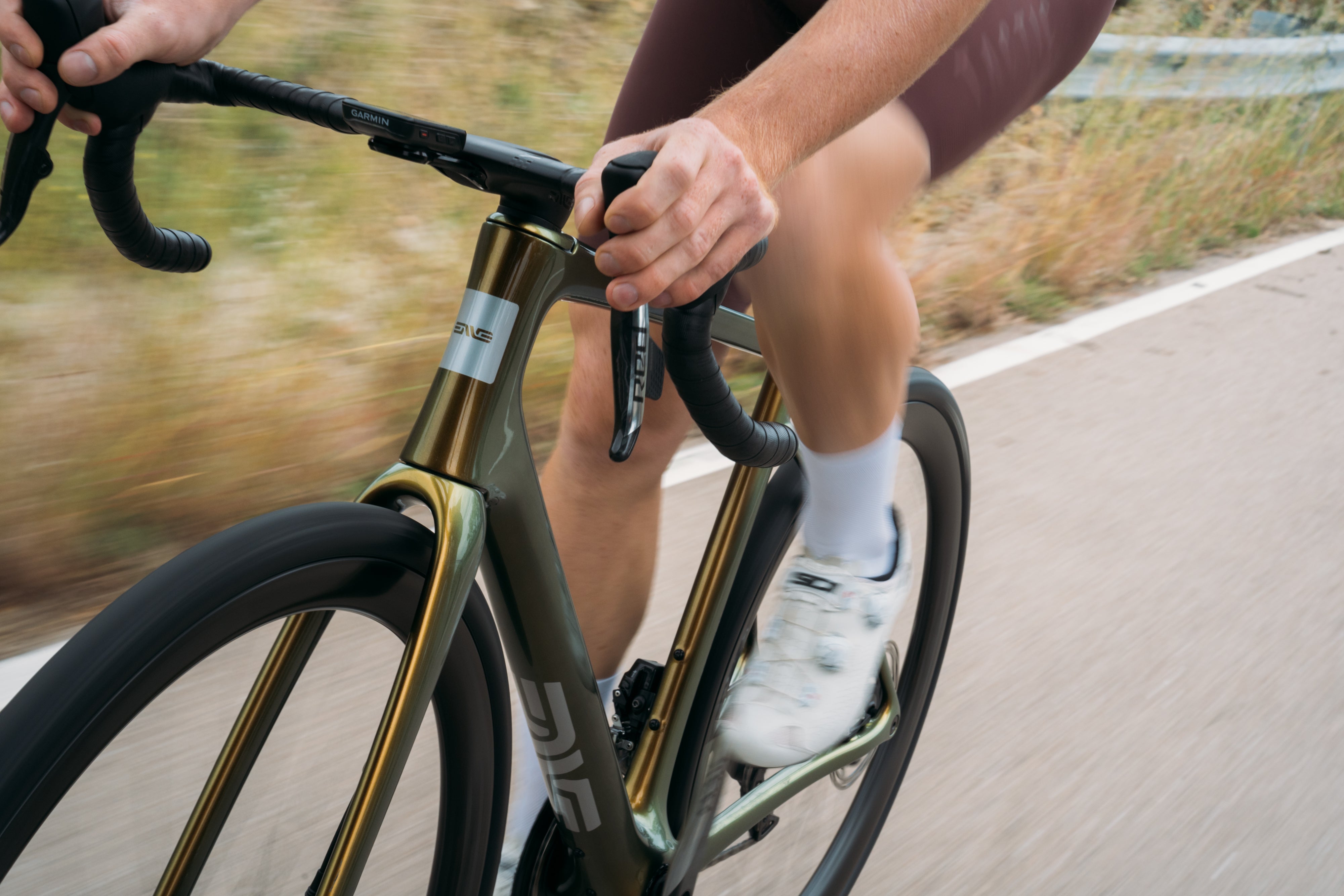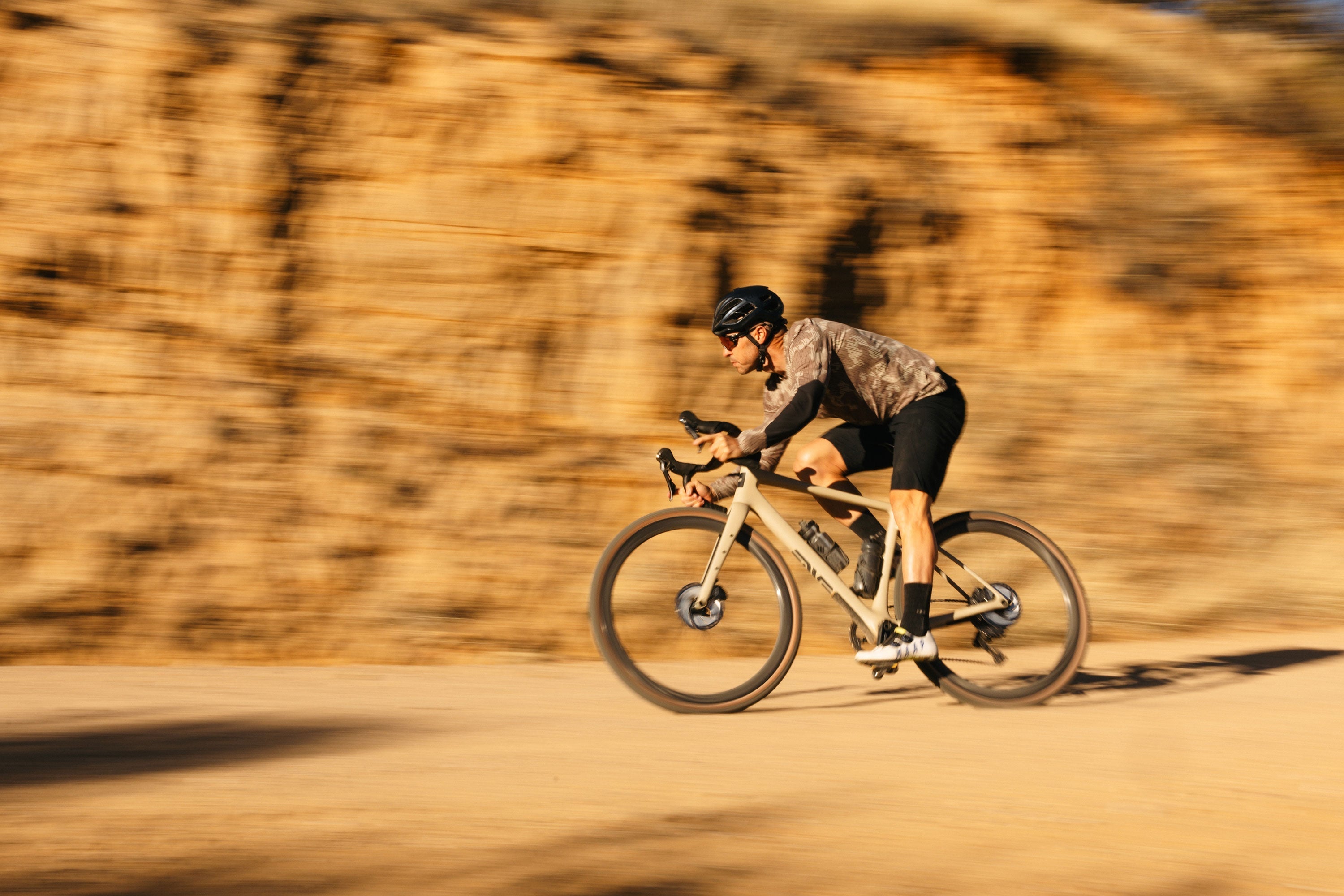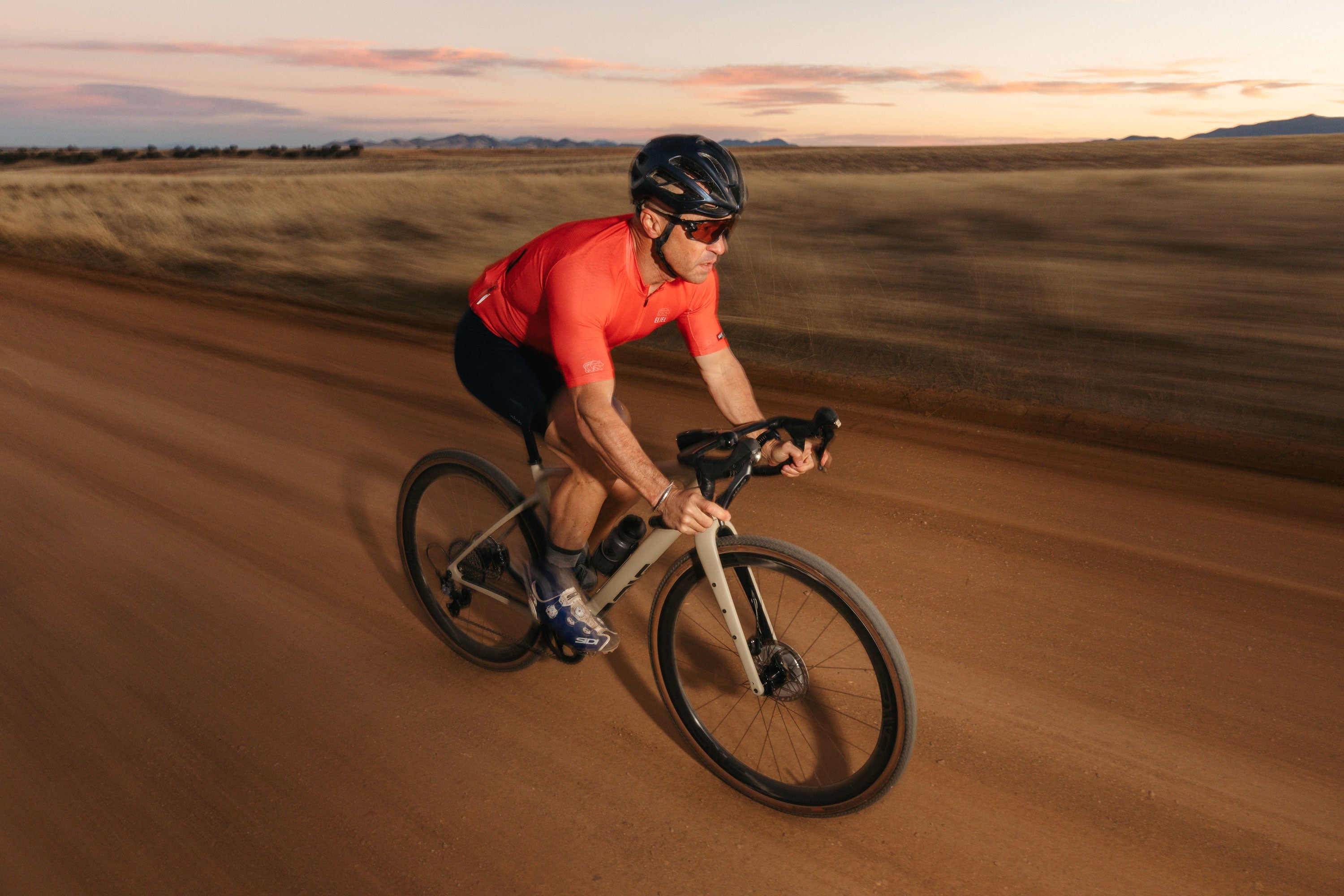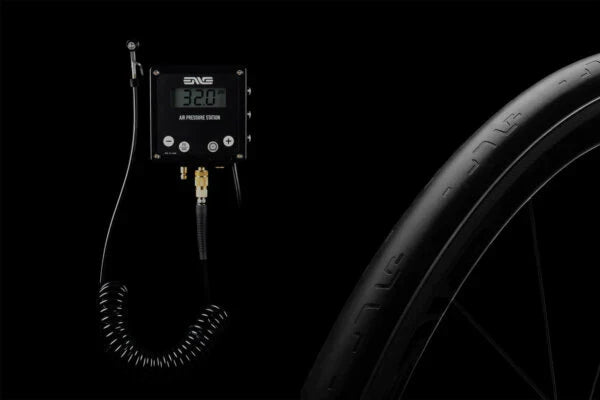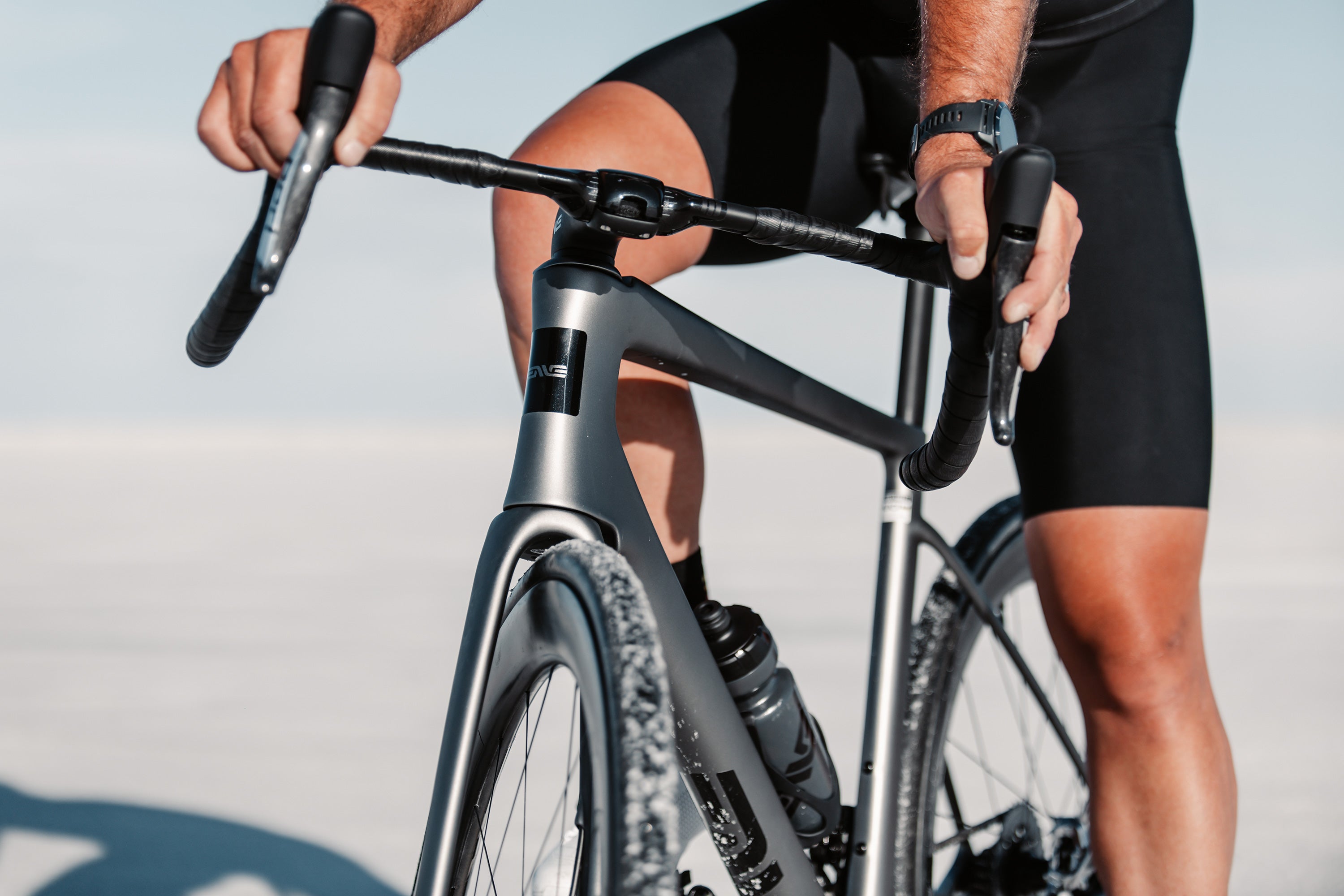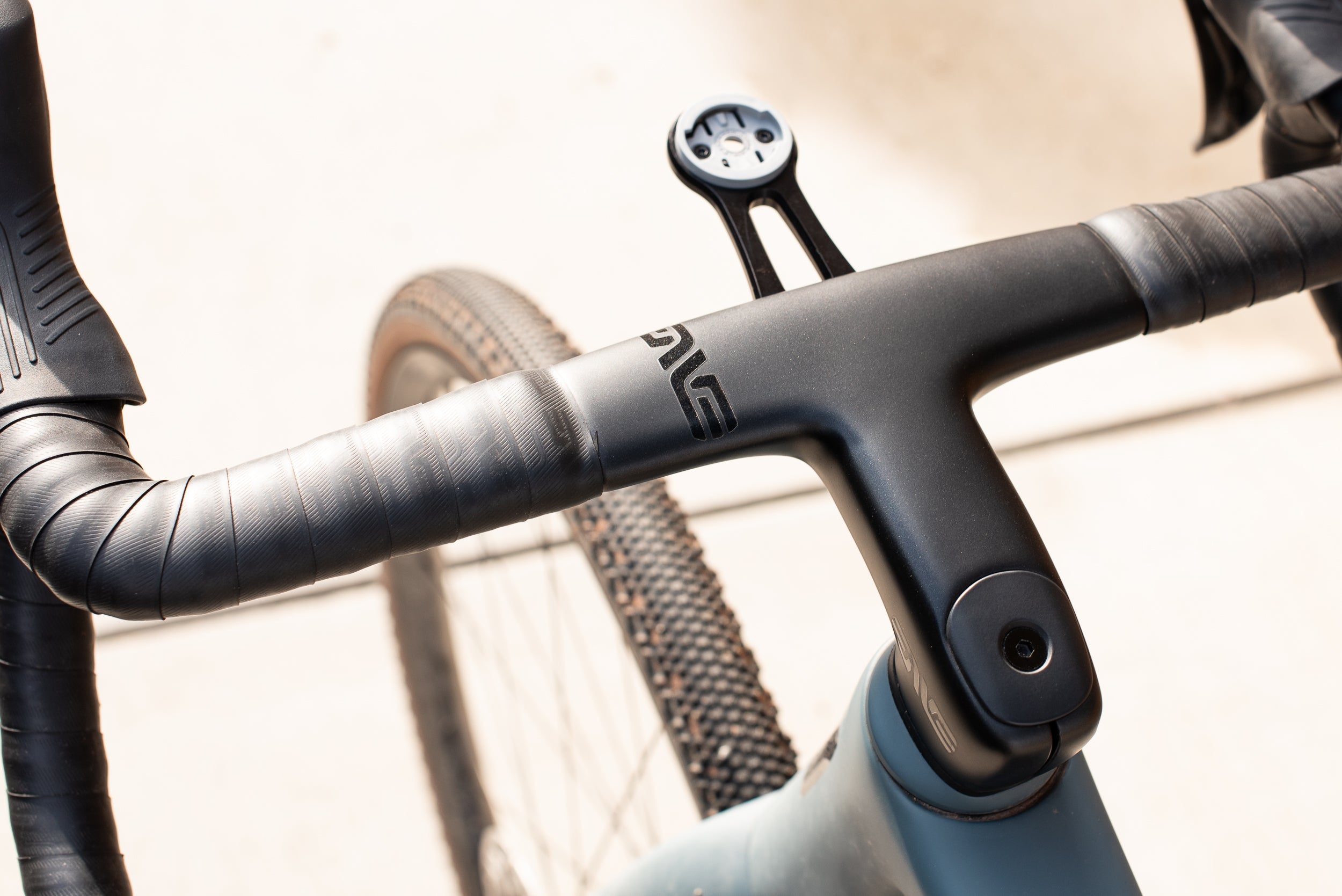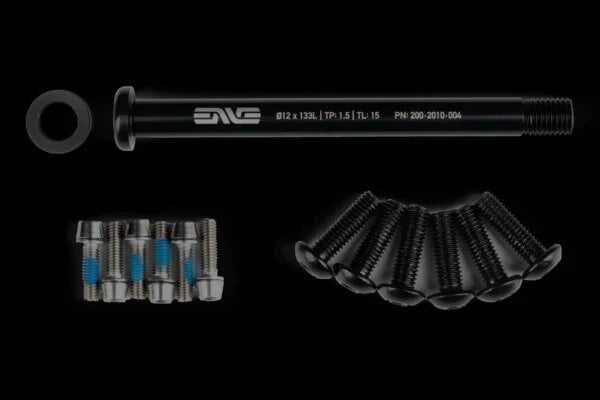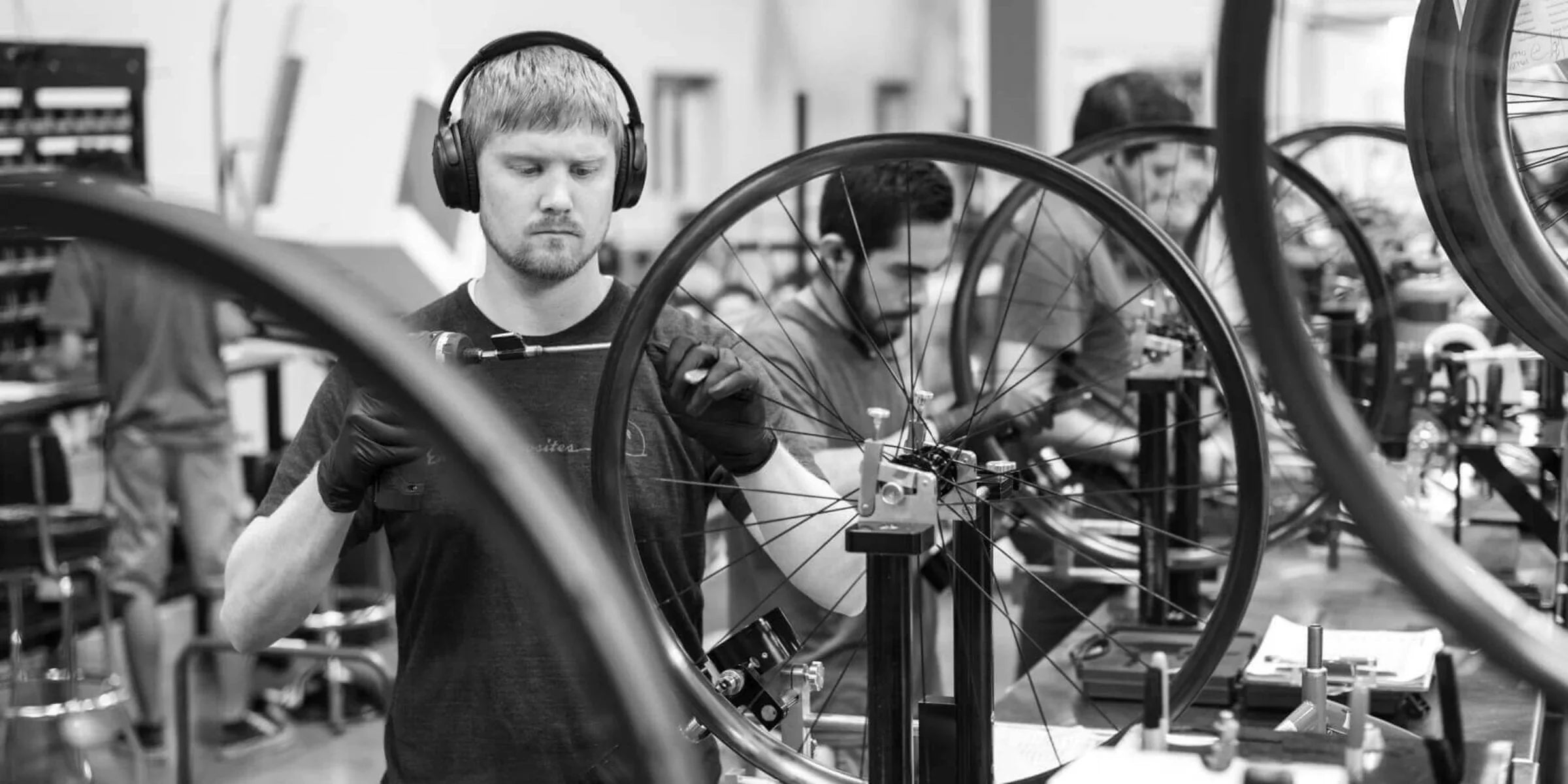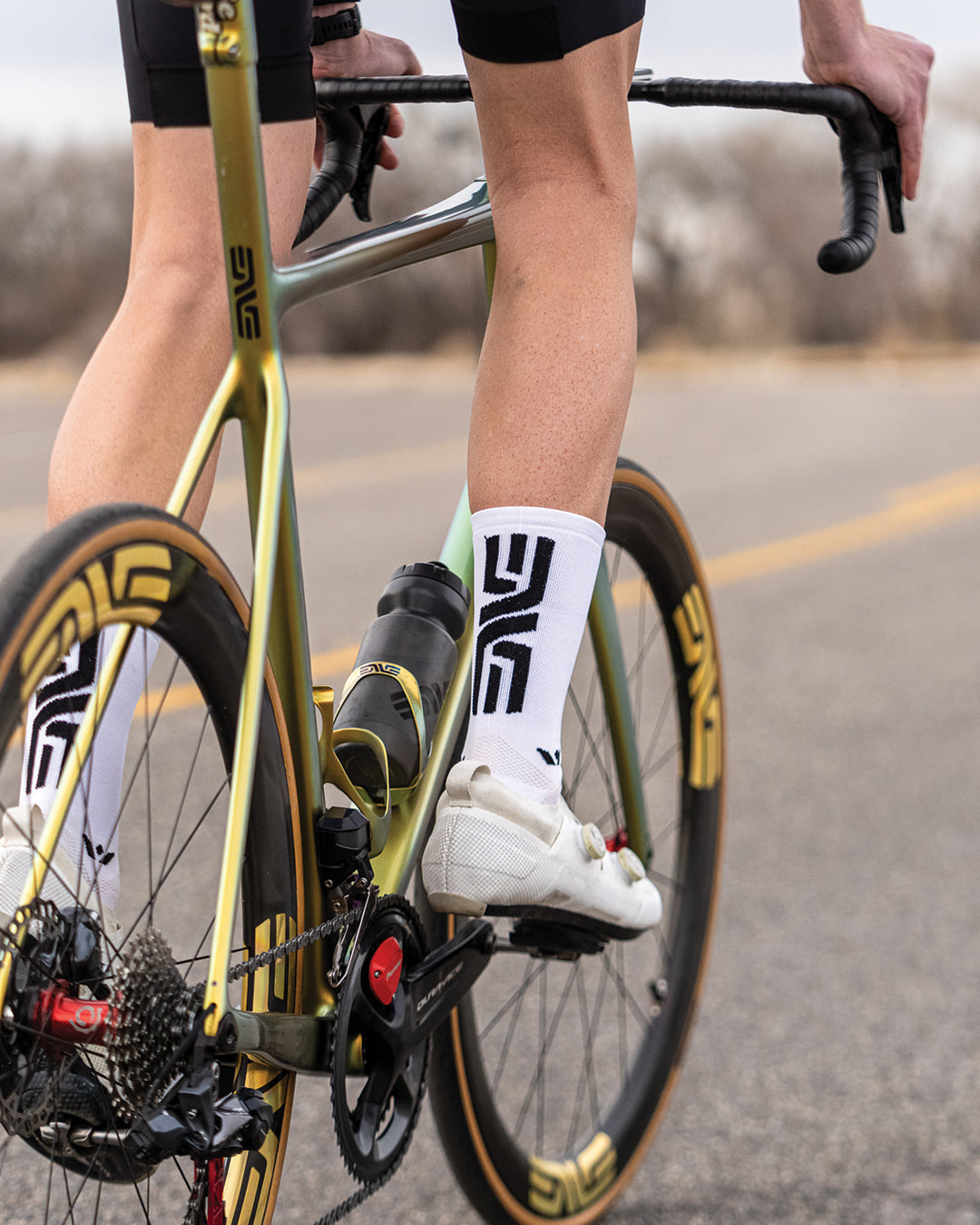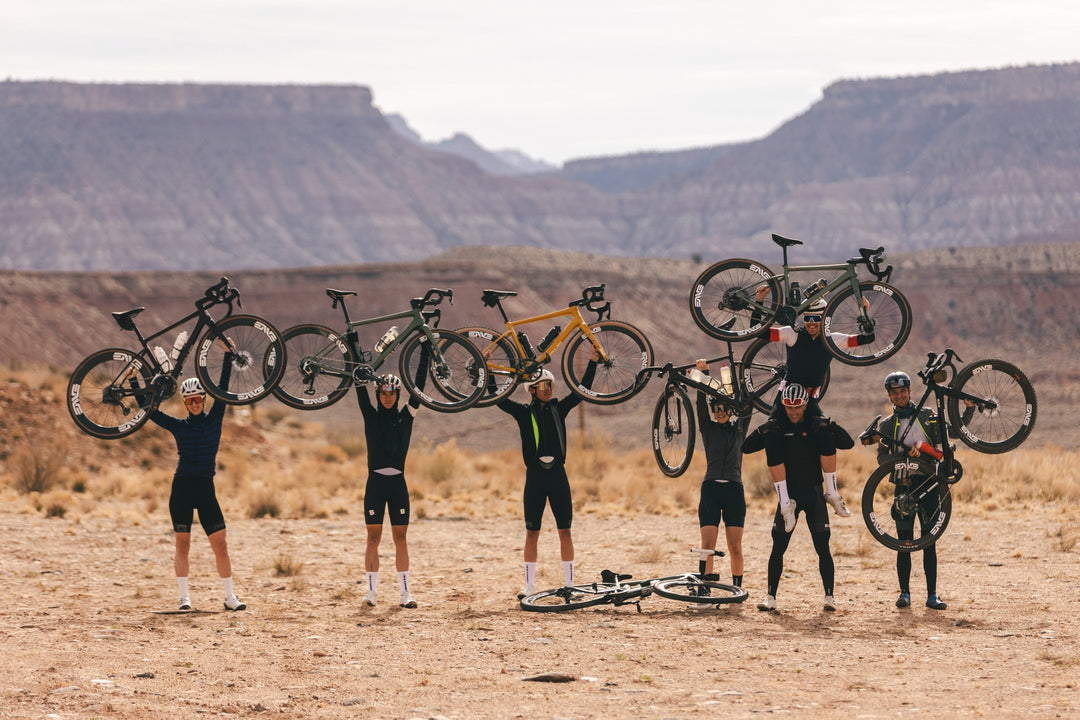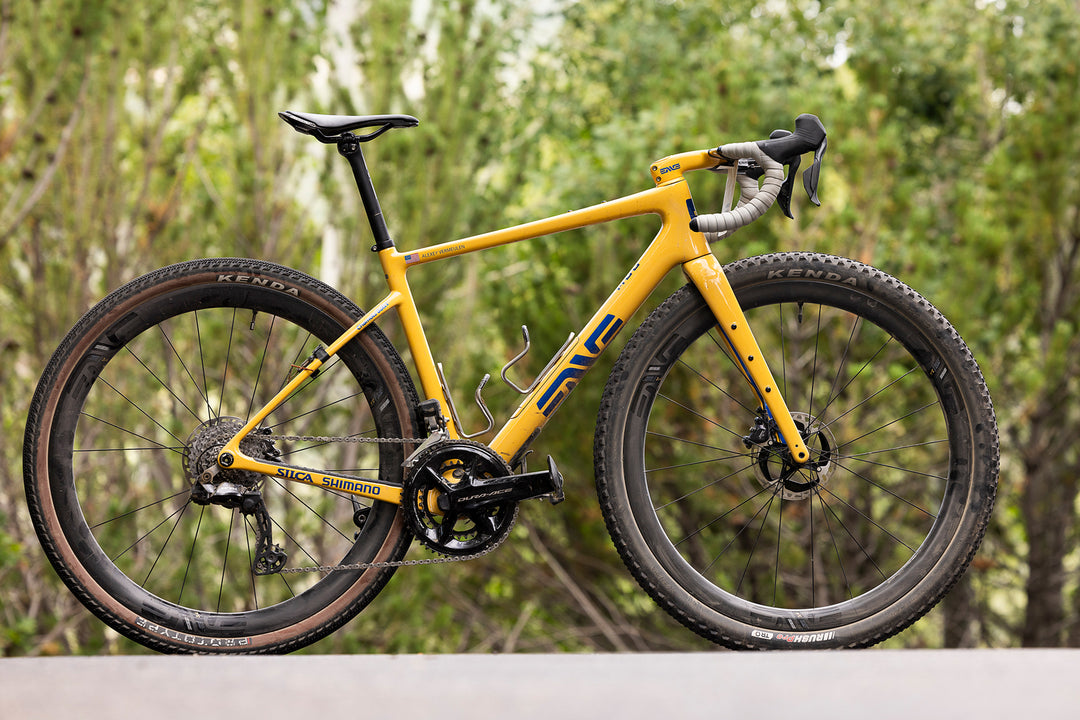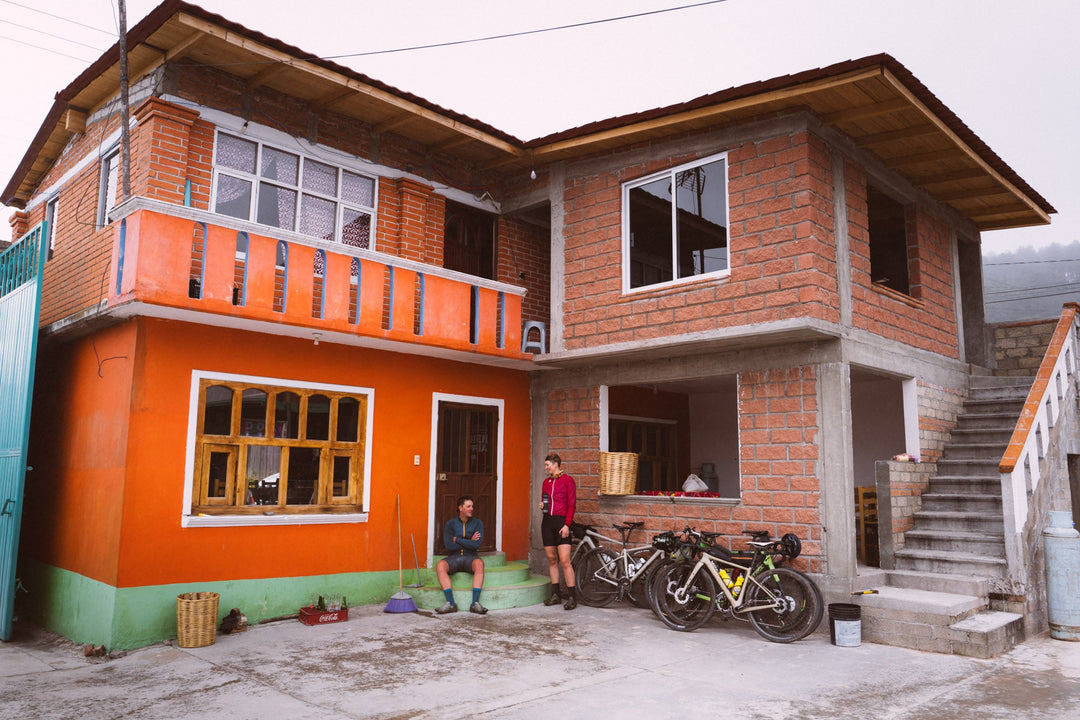A Gravel Bike Retrospective -- The Evolution of Gravel Technology
Photos: Road Bike Action & Cathy Fegan-Kim
In less than a decade, the gravel segment was born, has evolved, and is rapidly maturing. What began as a mostly Midwest-centric affair has become the largest growth segment within cycling, having now expanded far beyond just the US.
It’s somehow hard to imagine a time before we had dozens or gravel bike options or tires in every color and a multitude of sizes. To fully appreciate the equipment advantages now available, we thought it was time for a throwback to remind ourselves just how far gravel-tech has come in only a handful of years.
Back in 2012, when gravel bikes were in their infancy, ENVE partnered on a project with Road Bike Action to help build the perfect gravel bike, or at least the best we could come up with at the time. It would still be a couple of years before any of the major brands would have anything more than a re-badged cyclocross bike in their line as the consumer demand was only beginning to grow.
What we came up with was a bright orange custom Calfee Dragonfly with “adventure” geometry built in their La Selva Beach, California, workshop. Considering Calfee was a pioneer of carbon bicycle frames, it was only fitting for Craig Calfee to be involved in a project that would go on to help influence the market long before most brands even realized gravel was a thing.
Compared to any number of the gravel bikes on the market today, the Dragonfly is dated in the sense that tire clearance was limited, tire options were even more limited, and truly purpose-built equipment was still years away. Yet, it represents the starting point for where we were at with the technology available and the type of riding that was capturing the imaginations of so many. For ENVE, it was the moment it became clear that gravel wasn’t a fad and acted as the catalyst to look at how people were riding and what advantages could be derived from gravel-specific wheels and components.



Frame
The Dragonfly used geometry modified from traditional road to “adventure” in order to offer more stability, slightly relaxed handling, and clearance for up to a 35c tire. Because of the carbon frame’s lugged construction, Calfee was able to increase chainstay length by one and a half centimeters for better stability, while also allowing adequate tire clearance. Additional geometry changes included relaxing the head tube and seat tube angles by 3/4 of a degree while maintaining the same 7cm bottom bracket drop as the road version. These adjustments gave it the handling and stability of an endurance bike, rather than the twitchy feel of a cyclocross model at high speeds. Some of the most popular bikes today have up to 10mm of increased tire clearance and even suspension in some cases, such as the Niner MCR 9 RDO, Specialized Diverge, and Lauf True Grit.



Wheels & Tires
Looking back, it’s laughable to think about the high tire pressures and narrow tire widths we were running at the time. This is the one place where gravel products have made the greatest gains and dramatically improved the riding experience with increased comfort and less worry of flat tires. For the build, ENVE’s 29” XC tubular rims laced to Chris King hubs along with Schwalbe 33c tires were used. Because cyclocross tires are limited to a max width of 33c, due to UCI rules, that meant that finding a high-quality 35c was next to impossible. Now, we have wheels such as the G23 that are purpose-built for gravel with features like the Wide Hookless Bead that reduces the chance of tubeless tire pinch flats and comes in at a weight on par with a tubular rim. Tubeless tires can be found in just about any width or tread pattern you could ever want to ensure you have the ideal tire for the terrain. We’ve seen a clear shift in tire sizes as frames continue to increase clearance, now with many riders opting for 40c + tires and pressures in the low 30 psi range.
Components
Ultegra Di2 had just released in 2012, but unfortunately, it would be another year before a Shimano hydraulic road disc was an option. Cable-actuated, Avid disc brakes were matched to 10-speed shift/brake levers. As far as gearing went, a compact 50/34 front chainring combo along with an 11-32 cassette was used on the build. Other than having 11 speeds now, that gear range is still a popular choice for those that haven’t jumped on the 1x drivetrain bandwagon.
Calfee was way ahead of their time with the one-piece bar/stem and computer mount. The biggest advantage now, however, is with the handlebar design such as the ENVE Gravel Handlebar that provides additional stability and rider confidence through the flared drops, in addition to a significant increase in compliance. It’s often the individual components that can combine to provide the biggest improvements in handling and confidence compared to the frame itself.


What’s The Future?
The gravel segment will continue to break into further sub-categories as more riders jump into the scene and have different ideas of what their preferred experience might be. Evil’s Chamois Hagar is the perfect example of that with a focus on massive 700x50c tires and frame geometries borrowed directly from their mountain bike designs, providing an amazing amount of control on terrain often deemed too rugged for gravel bikes. More mountain bike tech will continue making its way over to gravel bikes, such as the dropper seatpost that can help transform a rider’s ability to confidently navigate technical descents. Adventurers will have more options in forks and frames that offer additional solutions for water and equipment stowage. And, on the racing side, with World Tour pros lining up for gravel events speeds are ever-increasing. This creates a push for improving aero performance since the smallest of improvements add up to a monumental amount over the course of an event such as Dirty Kanza.






